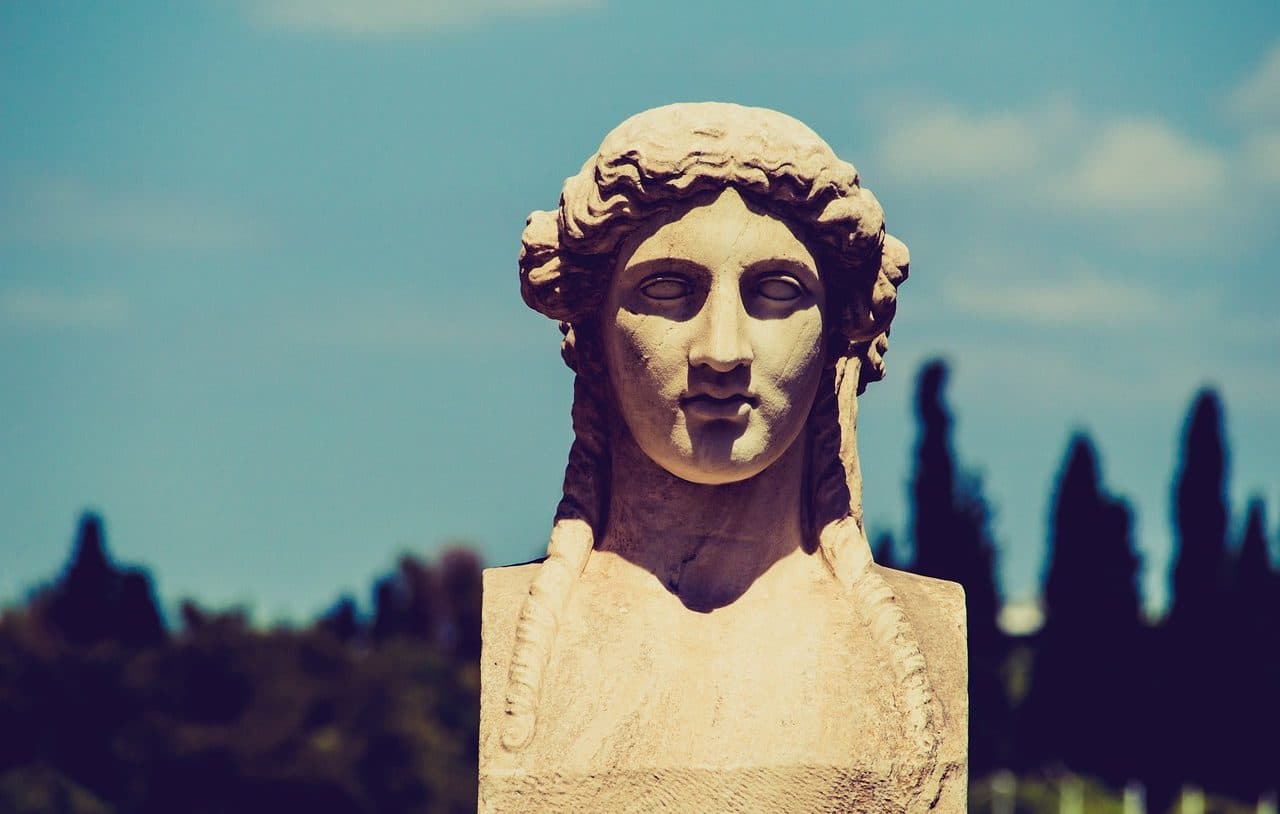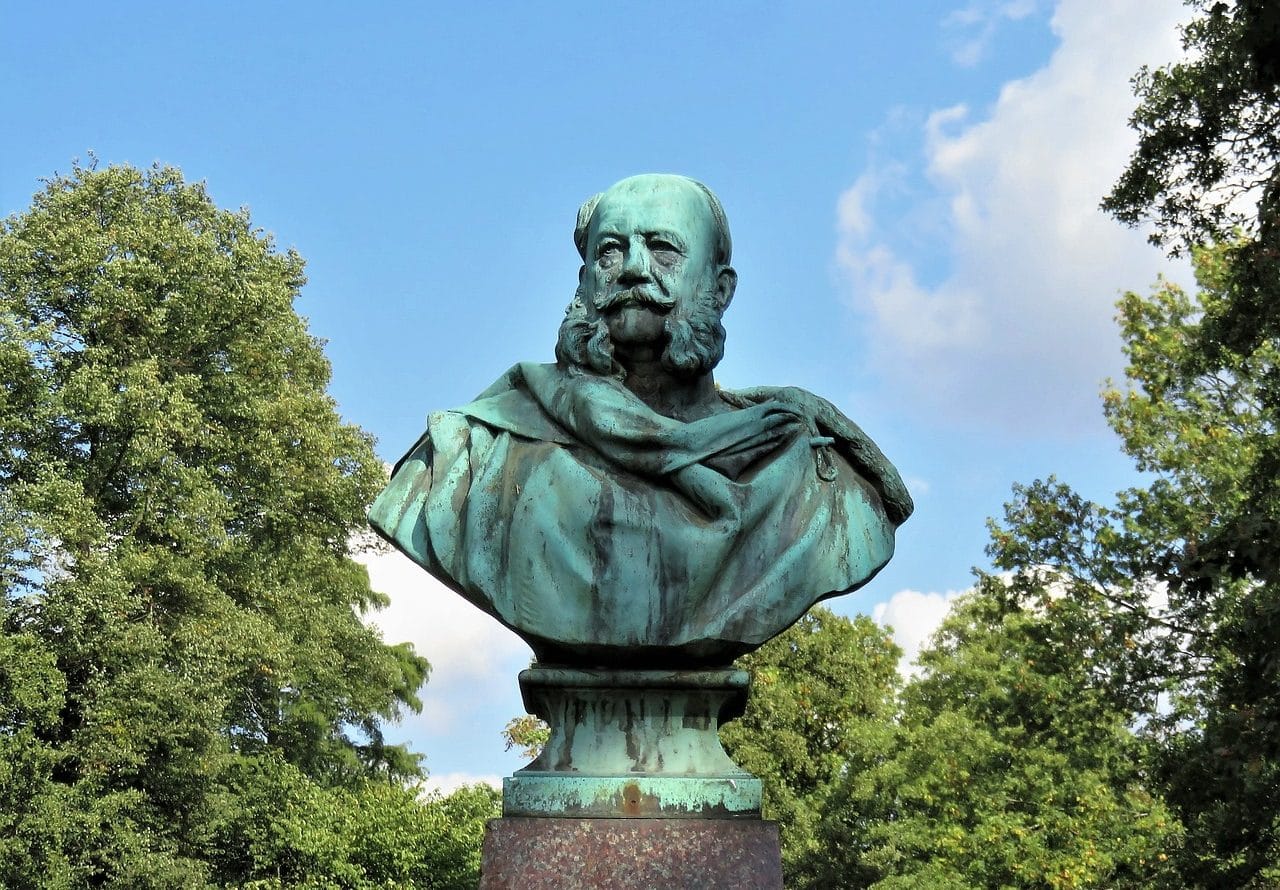
A bust is a representation of the upper region of the body structure.
Bust is a term that etymologically originates from the Latin word bustum . This Latin word was used specifically with two meanings: as a synonym for the bonfire where the deceased were cremated and as a monument that was usually placed on the tomb of the deceased. And that one came from the verb burere , which was equivalent to "burn."
The current term has different uses. It can be used to name the upper region of a person's body structure and the artistic work that portrays said sector of the body.
For example: “I remember that, at the entrance to my grandmother's house, there was a bust of a Roman emperor,” “The museum reported that a visitor attacked the bust of Aristotle that was part of an exhibition,” “The French artist He became famous throughout the region thanks to his busts made with marble.”
Bust in art
Busts, in the field of art , are representations of the aforementioned area of the body. The concept is usually applied to name a statue or sculpture , although it can also be a drawing , a painting or another type of creation. In a bust, it is possible to see the head of the represented individual, his shoulders and a part of the chest.
Throughout the history of art, many busts have been made with the clear objective of praising the figure of a specific character. This would be the case, for example, of the following:
- Bust of Cardinal Richelieu . The Louvre museum in Paris is where you can admire this work, which was made by Bernini and represents one of the ecclesiastical figures who had the most power in his hands during the reign of Louis XIII .
- Bust of Nefertiti . Tutmose fue el escultor que llevó a cabo la realización de este trabajo, también llamado Mona Lisa of Amarna , que está considerado como uno de los mejores ejemplos del arte egipcio. Está datado en el año 1,330 BC c. , y representa a la esposa de Akhenaten .
- Bust of Trajan . The Munich Glyptotheque is where you can currently admire this sculpture, which was carried out with the clear objective of flattering and emphasizing the role of the Roman emperor.
- Bust of Julius Caesar . There are many busts they made of this other emperor. However, the last of them was found a few years ago in Arles , specifically next to the Rhône . The piece is made of marble and has been dated to the year 46 BC. c.
Historians claim that the Romans were the ones who popularized the presentation of their most prominent personalities in busts. Thanks to the fact that the sculptors used very resistant materials, many busts or fragments of them have been preserved to this day.

Many historical figures have their busts.
The female breast
The notion of bust, on the other hand, can be used to name the breast of members of the female gender . Whoever talks about a woman 's bust, therefore, will be referring to her breasts .
“María is a woman with a prominent bust”, “It is important that you go to a gynecologist to check your breasts and make sure everything is in order”y “A branch fell from the tree and hit me in the bust”son expresiones que muestran este uso.
